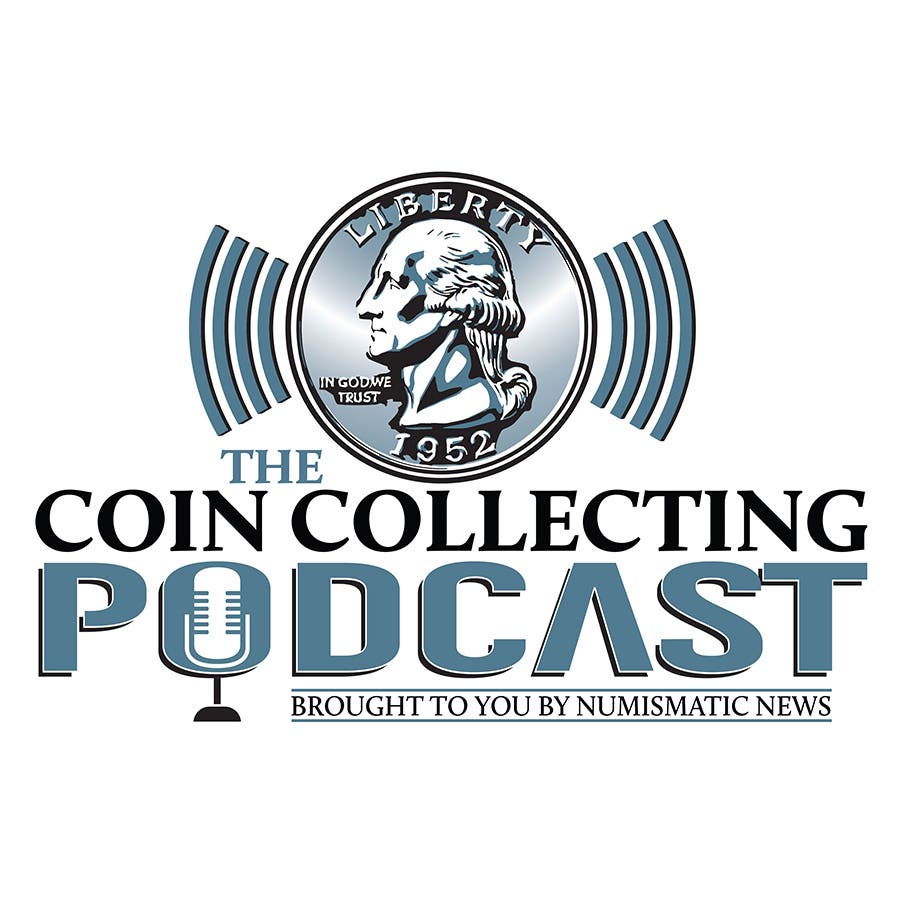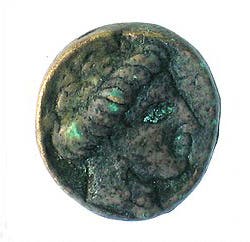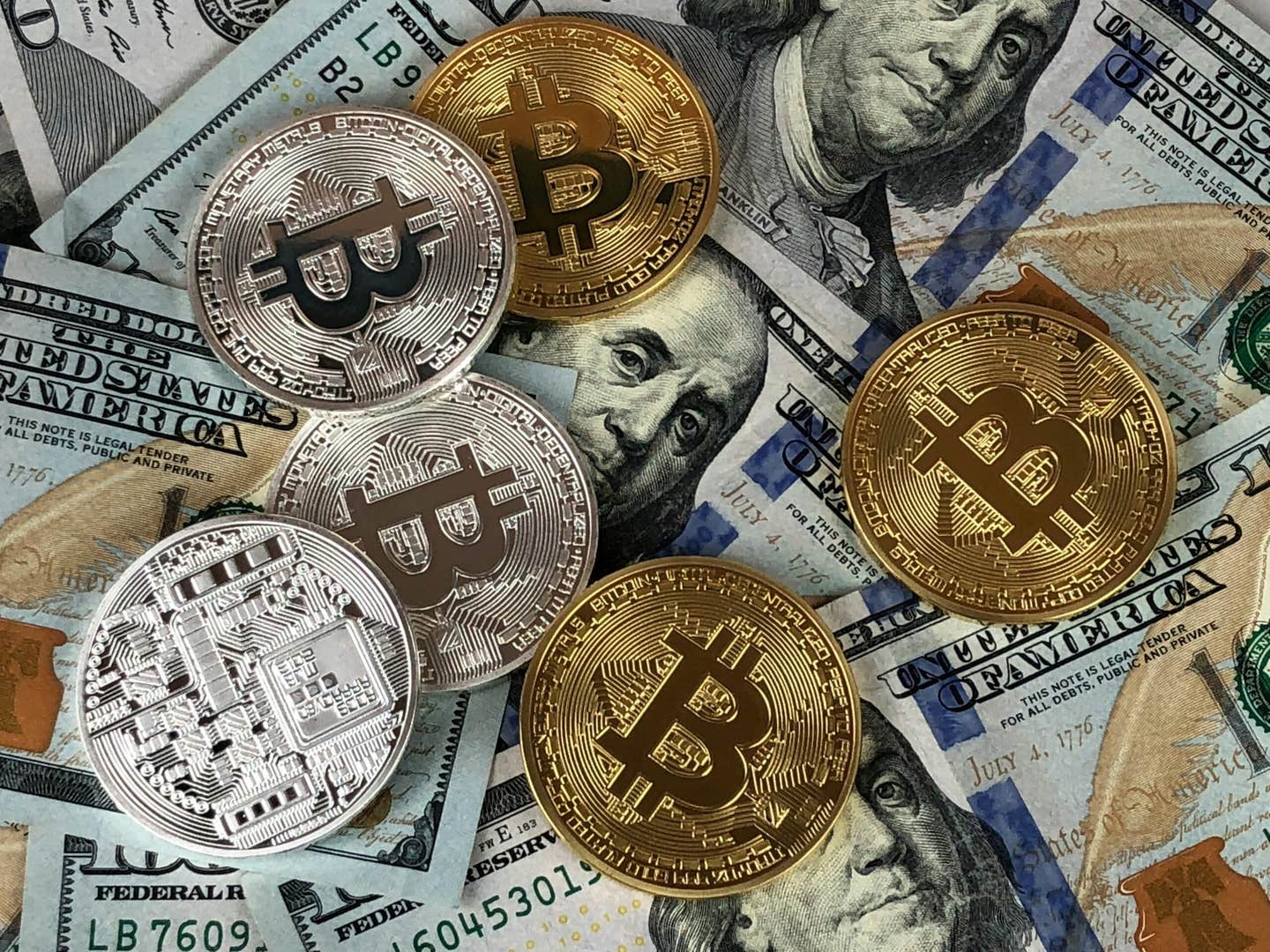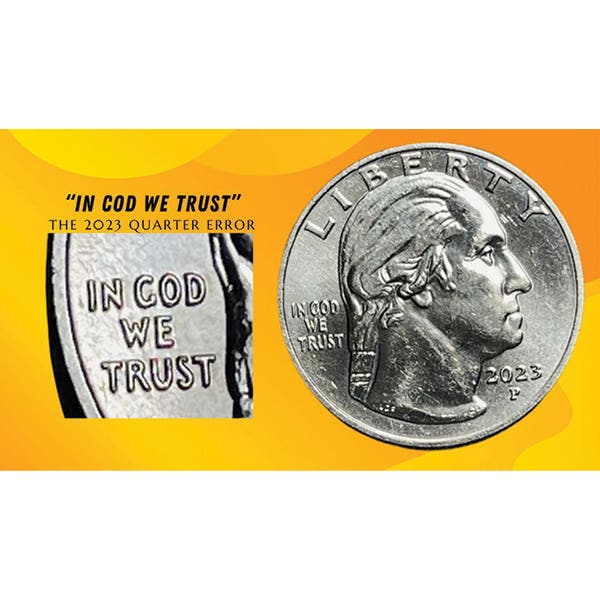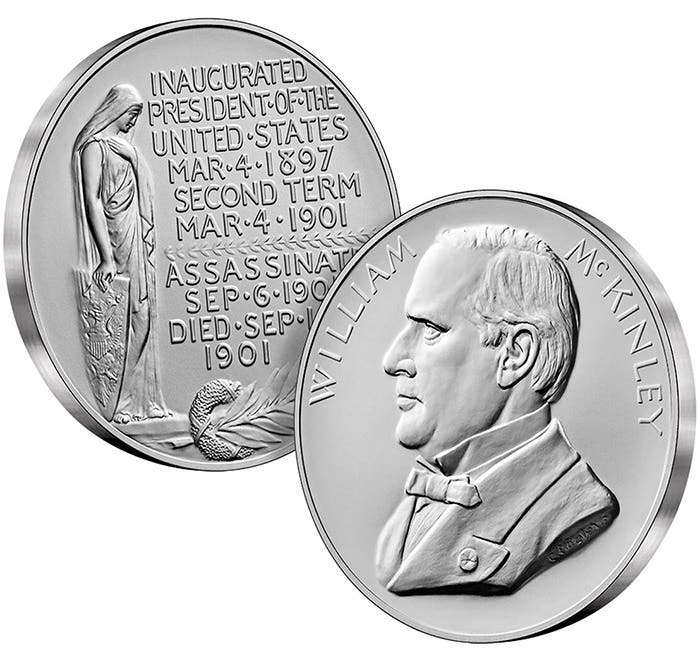Starck Reality: New Kid on the Block
Numismatic pricing is constantly evolving, and staying accurate requires vigilance. A recent review of Irish florin values on Numismaster.com highlights the challenges of keeping up with silver spot price fluctuations and ensuring transparent, data-driven updates for collectors and investors alike.
As the new Market Analyst at Active Interest Media, I bring 20+ years of professional numismatic experience and more than 30 years of experience as an active collector. While I have learned an enormous amount, the world of coins is so large that I will never learn even one percent of all there is to know.
But the pursuit is what drives and engages me. That’s one reason I took this job.
As I engage in this new role, I want to discuss the thoughts and trends that shape our Numismaster.com pricing so we can be as transparent as possible.
One of the first challenges in my new role has been adjusting pricing for the Irish florin series of 1928 to 1937, cataloged as KM-7. A Numismaster.com site user pointed out that pricing for the lowest grade listed, Fine-12, was all below their “melt” value. That is to say, the catalog values listed for the coin were below the present value of silver in the coin, based on the “spot” silver price.
I took the opportunity to audit the pricing for this type to see what other changes could and should be made for all the years and grades listed for that coin.
The most recent pricing update for this KM number had all the florins in this series priced at $7.50, which is below its actual “melt” value of around $8.25, as this was written on Jan. 28, 2025.
The coin has an actual silver weight of 0.2727 ounces, suggesting that the silver spot price basis was last updated when silver was at or below $27.50 an ounce. In the weeks around the time I reviewed this pricing, the market price of silver was in the range of $30 to $31 per ounce.
Silver closed at $27.58 an ounce on Aug. 9, so it’s not as if the price update had been neglected for months and years; it’s just that the market volatility for silver wasn’t reflected in pricing for lower-grade examples of this type.
However, we have now changed the pricing in the spreadsheet to reflect a formula based on the precious metal price, which is updated periodically throughout the year. This process takes several days to complete across the Numismaster.com platform, so we try to time it to weeks with holidays. Still, we can prioritize an update if significant metal movement has occurred since the last update.
In the next installment, using this same coin, I want to explore how the sale price can reflect the sales venue and the presentation of the coin and how those are factored in or not in our pricing.
You may also like:
Jeff Starck is the Market Analyst for Numismaster.com and is a lifelong collector and writer. His appreciation for and interest in world coins and writing allows him to share the hobby with others.



